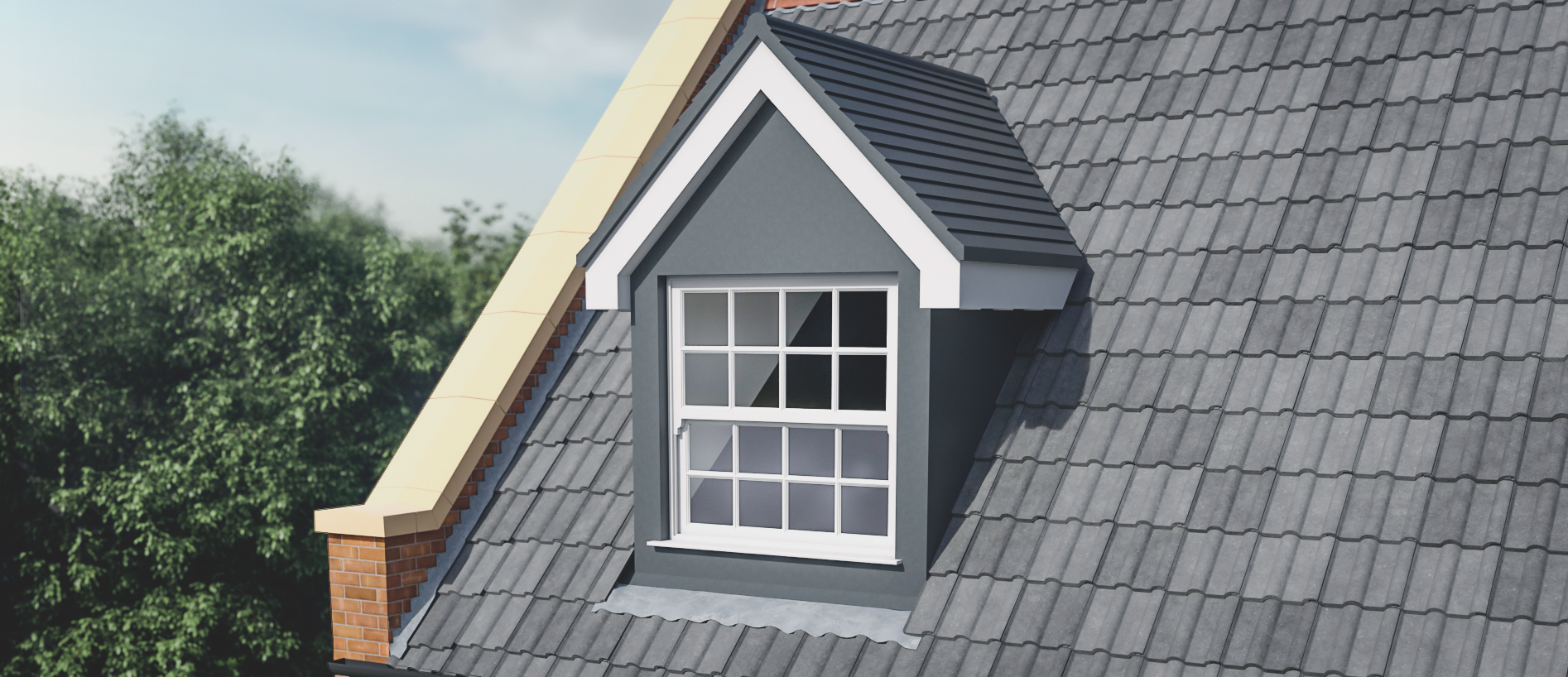Stormking Leads Industry in Response to Part L Regulations Update
The Government has announced changes to Part L of the Building Regulations which came into force in June 2022 but relate to new constructions being built from June 2023. These changes have been designed to conserve fuel and power by improving thermal efficiency of new and existing buildings, as well as helping to reduce CO2 emissions.
These changes will have significant implications on the design and construction of buildings, as Paul Oldham, Technical Manager at Stormking, the market leader of Glass Reinforced Plastic (GRP) building components explains:
“Thermal efficiency has always been a key consideration for the Government and housebuilders. The latest update to Part L aims to improve the efficiency of a building even further by introducing new standards for building elements and services, particularly walls and roofs. These elements must now adhere to new U Values – a value which indicates how well or poorly heat is lost through a particular part of a building. Walls must have a 0.26 w/m²K U Value, whilst roofs should meet a U Value of 0.16 W/m²K.
“With regards to Stormking and our product portfolio, these changes will predominantly affect our GRP bay window canopies and GRP dormers, which contain roofing and wall elements. When it comes to our dormer windows roofs, we are already able to meet the current regulatory requirements.
“The industry has been aware of upcoming changes to Part L for a while, which has allowed us to plan and prepare. Our WarmaDorma© dormer window was developed over ten years ago and specifically designed to meet the gradual increase in thermal performance required for dormers. This innovative design has enabled us to increase the thermal benefits of our dormer window roofs and meet the current regulation change with minimal alteration to our production methods. Ensuring our bay windows meet the new Part L regulation changes has been a bit more of a challenge.
“Bay window canopies must meet the new roof U Values – and the only way to achieve this effectively is through improved insulation. Traditionally, our bay windows canopies are insulated using mineral wool quilting. However, to meet the new regulations 300mm of uncompressed quilting is required. Although this is a viable option for some bay window canopies, it is not always possible on flat bay windows canopies due to their limited internal height.
“An alternative insulation material, which is effective, is spray foam. We have found that a much thinner layer of polyurethane spray foam can provide the same insulating performance as 300mm of quilting. Spray foam can be used on both pitched and flat bay window canopies, which means we have not had to change our product range in any way.
“In addition to allowing us to adapt quickly and effectively to these – and any future – regulatory changes, spray foam adds rigidity to the product, does not move, and does not absorb moisture. Combined, these make for a long–lasting, durable insulation option. It also allows for the aesthetics of a building to be maintained.
“By adopting this technique we are ensuring our products meet the current changes in legislation, whilst also future proofing them for any further standard developments.
“We have worked hard to develop products and processes that can adapt quickly to new regulations and industry needs and will continue to ensure that Stormking remains innovative and at the forefront of product development, enabling the house building sector to remain relevant and compliant.”

